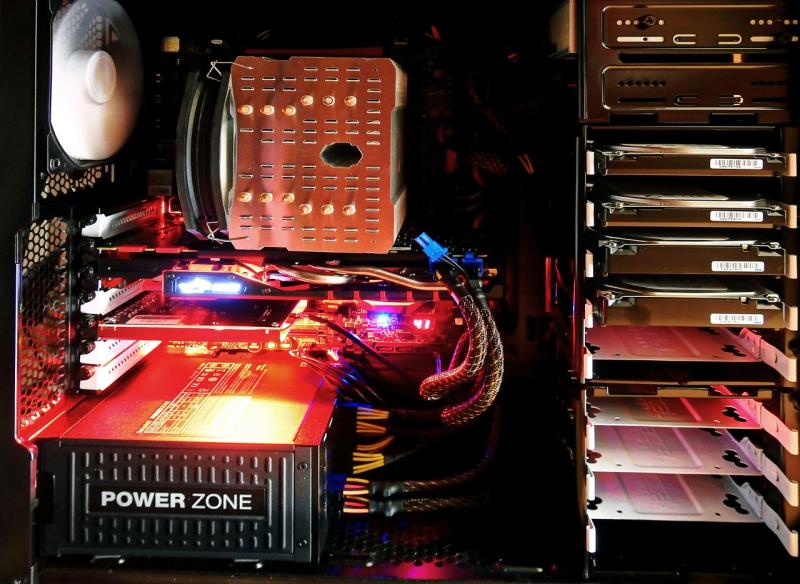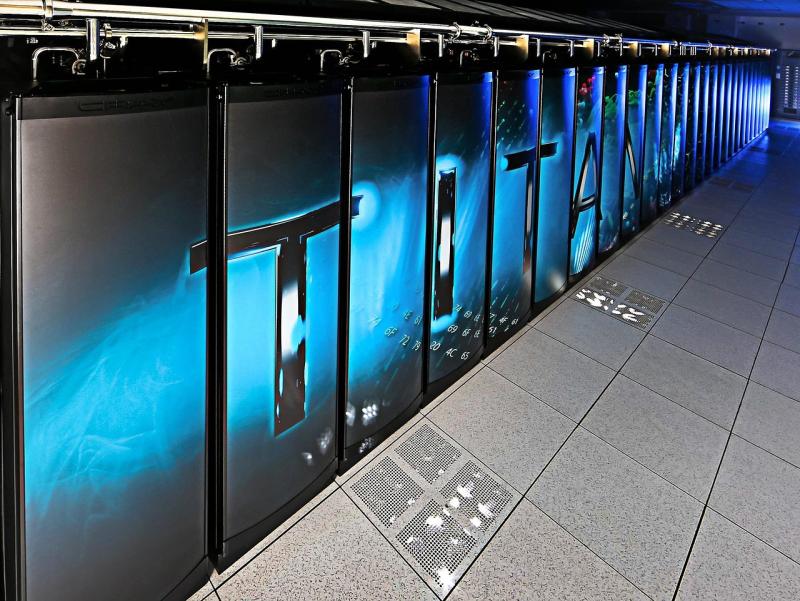Building the Ultimate Entertainment Hub
A custom PC for home theater and media streaming transforms your living space into an immersive entertainment center. Designed to handle high-definition video playback, advanced audio processing, and seamless streaming applications, such a system offers both performance and versatility. This extended guide explores the key elements of building a custom home theater PC (HTPC), from hardware selection and connectivity options to aesthetics and long-term maintenance, ensuring a future-proof and captivating multimedia experience.
#### High-Definition Processing and Multimedia Performance
At the core of an HTPC is a high-performance processor that can effortlessly decode 4K (or even 8K) video content, manage multiple streaming applications, and support simultaneous media tasks.
- **Multi-Core CPU:** Select a processor with high clock speeds and multiple cores to ensure smooth playback of high-resolution content, quick navigation through media libraries, and efficient multitasking when switching between streaming services, media players, and web browsers.
- **Graphics Capabilities:** A dedicated GPU or an integrated graphics solution with hardware acceleration is essential to offload video decoding tasks, support HDR (High Dynamic Range) content, and deliver crisp, vibrant visuals on a large screen. Advanced graphics features also ensure compatibility with surround sound systems, enhancing the overall cinematic experience.
#### Storage, Memory, and Data Management
Home theater PCs require ample and fast storage to house extensive media libraries, from movies and TV shows to music and photos.
- **NVMe SSDs for Speed:** Utilize NVMe SSDs as the primary drive for the operating system, media playback applications, and active projects. Fast storage minimizes boot times, quickens access to content, and supports smooth streaming even during peak usage.
- **Mass Storage Solutions:** Integrate high-capacity HDDs or secondary SSDs to maintain an extensive archive of media files. A hybrid storage setup that combines the speed of SSDs with the capacity of HDDs provides flexibility and improves overall system efficiency.
- **Sufficient RAM:** At least 16GB of RAM ensures that multiple applications, including background streaming, media editing, and web browsing, operate seamlessly, allowing you to switch effortlessly between tasks without performance degradation.
#### Connectivity and Multimedia Interfaces
A robust HTPC must support a variety of connectivity standards and ports to integrate with modern audio-visual equipment and remote control devices.
- **High-Resolution Outputs:** Ensure the motherboard or dedicated GPU supports multiple HDMI, DisplayPort, or even USB-C outputs that can connect to 4K or 8K TVs, projectors, and multi-monitor setups. This guarantees that every detail of your media is presented with precision.
- **Network and Wireless Connectivity:** Incorporate high-speed Ethernet or Wi-Fi 6 connectivity to seamlessly stream content from online services and local media servers. Fast, reliable network performance minimizes buffering and delivers smooth, uninterrupted playback.
- **Peripheral Integration:** Multiple USB ports, Bluetooth connectivity, and IR receivers allow integration with remote controls, wireless keyboards, gamepads, and other smart devices. These expand the functionality of your HTPC while keeping the media center clutter-free.
#### Audio Excellence and Visual Immersion
A dedicated media PC must excel in audio reproduction as well as picture quality.
- **High-Quality Audio Interfaces:** Consider adding an external DAC (Digital-to-Analog Converter) or an audio interface that supports high-definition audio codecs and multichannel output. This enables pristine sound quality for home theater systems, whether you’re using traditional surround sound or cutting-edge object-based audio technologies.
- **Enhanced Visual Settings:** Calibrated monitors or TVs with support for wide color gamuts, deep blacks, and adaptive brightness help create a cinema-like environment at home. Integration with professional color calibration tools ensures that your display maintains consistent image quality over time.
#### Efficient Cooling and Aesthetic Design
Operating silently is a key requirement for a home theater PC, as noisy fans disrupt the immersive experience.
- **Low-Noise Cooling Solutions:** Replace stock fans with high-quality, low-noise models or consider a custom liquid cooling loop designed for quiet operation. An optimized airflow design with dust filters and well-managed cabling reduces operational noise while maintaining efficient thermal performance.
- **Sleek, Minimalistic Chassis:** Choose a chassis that blends seamlessly with your living room decor. Minimalistic designs with tempered glass panels and subtle RGB accents contribute to an elegant, streamlined appearance. Thoughtful cable management and modular designs ensure that the build is both visually pleasing and functionally efficient.
#### Software Optimization and User Experience
The software environment of your HTPC is just as critical as its hardware components.
- **Streamlined Operating System:** Install a lightweight operating system configured to prioritize media playback and minimize background tasks. A dedicated HTPC OS, such as a customized version of Windows, Linux distributions, or specialized media center platforms like Kodi or Plex, ensures that resources are devoted to delivering an uninterrupted media experience.
- **User-Friendly Applications:** Utilize interface-friendly media player software that supports a wide array of video and audio formats, subtitle integration, and remote control capabilities. Regular automatic updates help maintain compatibility with new codecs and streaming standards while enhancing overall system security.
- **Regular Maintenance:** Schedule periodic system updates, driver checks, and dust cleanings, ensuring long-term reliability and peak performance. Maintaining a detailed log of performance benchmarks, temperature profiles, and software configurations allows you to plan future upgrades and keep your HTPC future-proof.
#### Future-Proofing and Expansion Capabilities
The dynamic field of home entertainment continuously evolves, making scalability essential for your custom HTPC.
- **Modular Architecture:** A motherboard with extra PCIe slots, additional drive bays, and expandable memory options enables you to upgrade individual components as new technologies emerge. A scalable design strategy means that you can enhance the system gradually, without needing a complete rebuild.
- **Energy Efficiency:** Adopting energy-efficient components and an 80 PLUS certified power supply reduces long-term operating costs, making the HTPC both environmentally friendly and cost-effective.
#### Conclusion: Your Personal Entertainment Nexus
A custom PC for home theater and media streaming is more than just hardware—it’s the heart of your digital entertainment ecosystem. By carefully integrating high-performance processing, rapid storage, versatile connectivity, and quiet, efficient cooling into an elegantly designed package, you can build a system that transforms media consumption into an immersive, seamless experience. Whether streaming the latest blockbuster, hosting digital movie nights, or curating your music library, this dedicated HTPC promises to deliver cinematic-quality visuals and impeccable audio in a quiet, stylish, and future-proof design.
---
### SEO Keywords:
custom HTPC, home theater PC build, media center PC, custom PC for streaming, 4K video playback PC, quiet home theater computer, high-performance multimedia PC, custom PC for entertainment, low-noise HTPC, sleek media center build, high-speed connectivity PC, energy-efficient home theater PC
View our related products
See more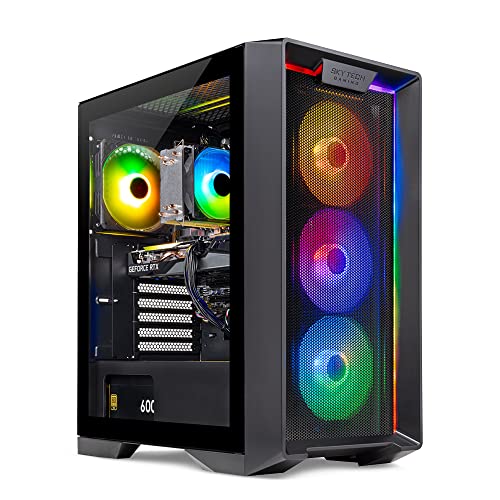
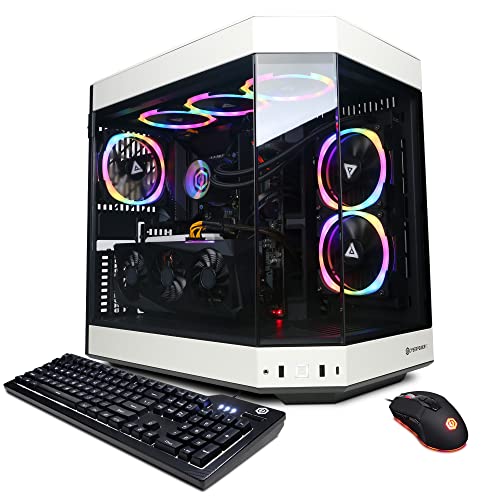
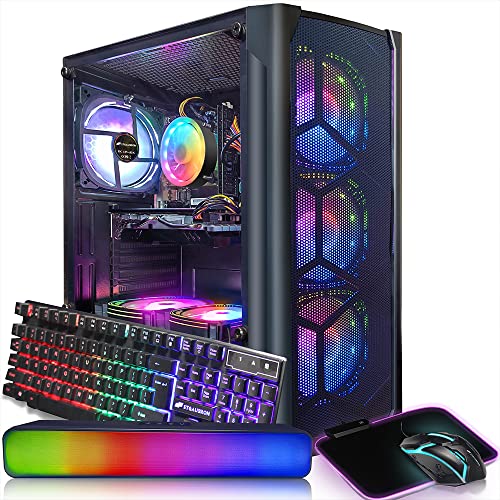
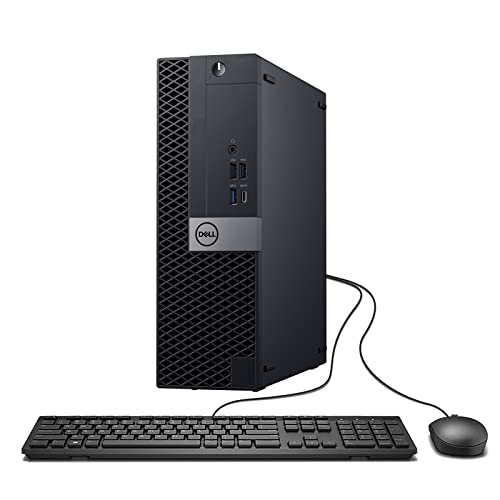
Custom PC for Home Theater and Media Streaming
Related Articles
Essential High-Performance PC Components You Need Now
Upgrade your setup with the must-have parts for unbeatable gaming and productivity
Top Picks for Best High-Performance PCs
Find the perfect power machine for gaming, work, or creative projects
Your Guide to the Best High-Performance PCs
Find the Right PC for Your Gaming and Creative Needs
View our related products
See more



